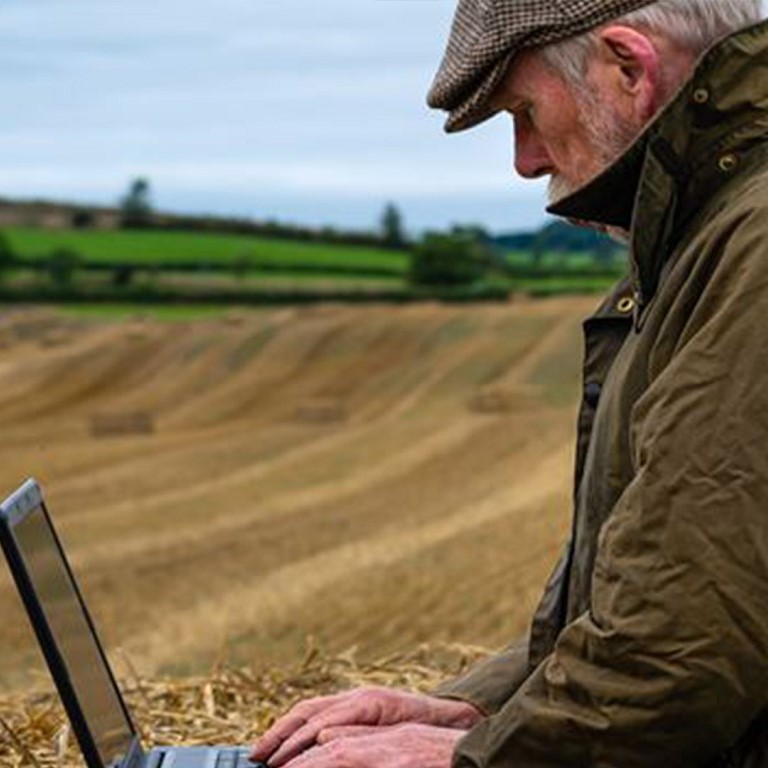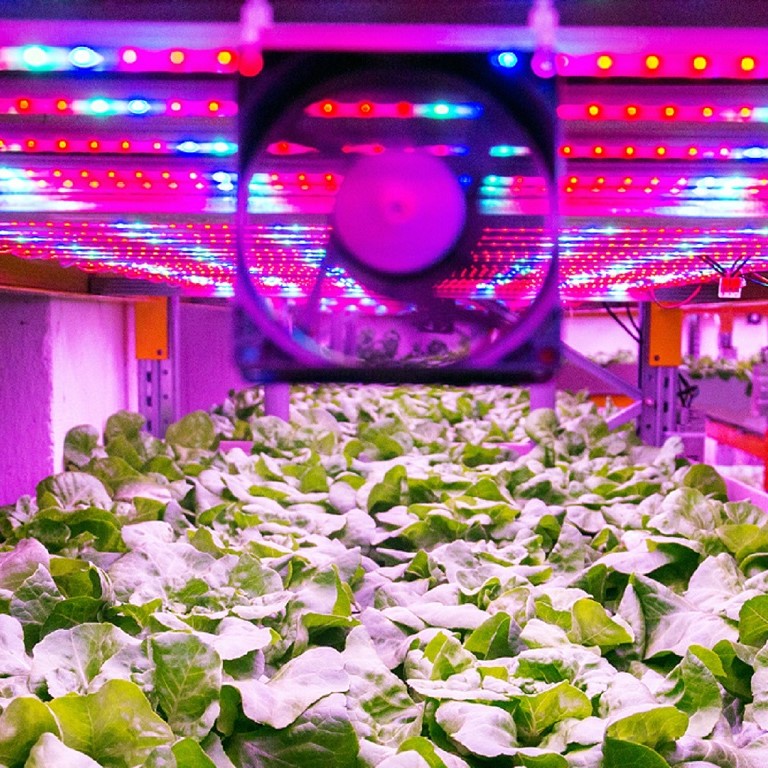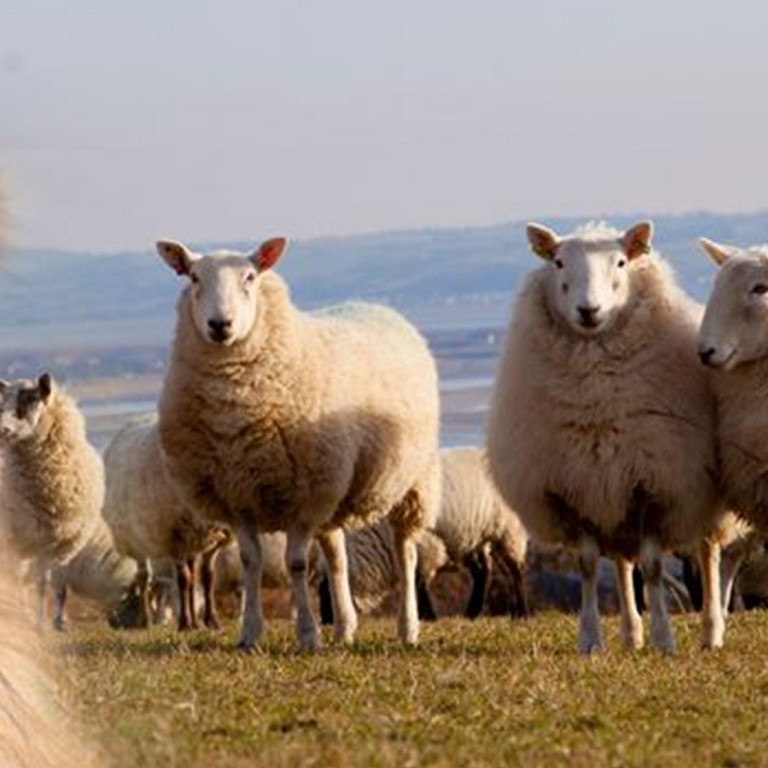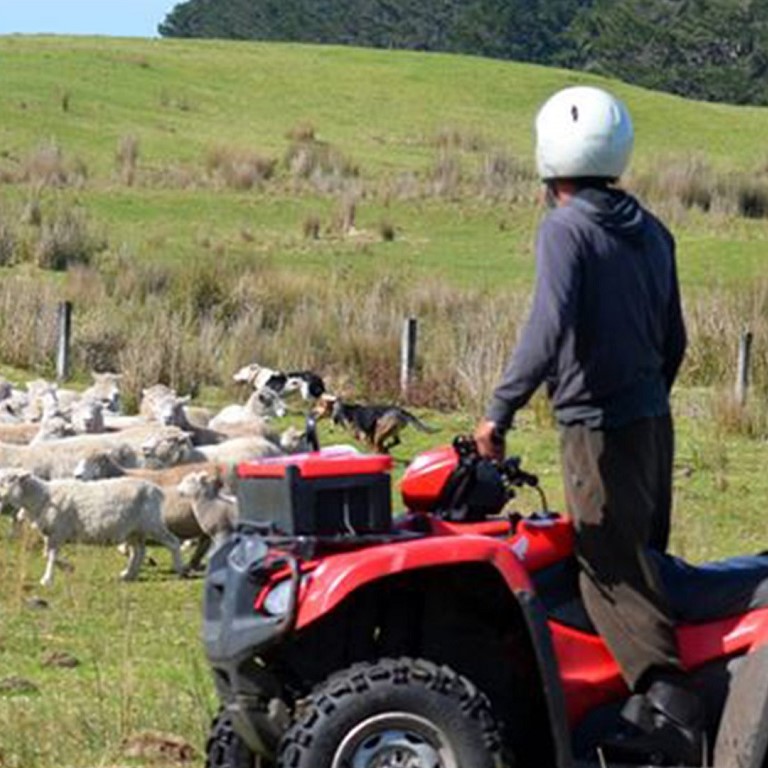In July 2022, the UK experienced a record-high temperature of 40.3°C in Lincolnshire.1 During the heat wave periods in 2022, 56,303 deaths were registered in England and Wales, that's 3,271 deaths (6.2%) above the five-year average.2
The International Labour Organisation estimates that, by 2030, 2% of total working hours globally will be lost each year. This may be because it will be too hot for people to work, or having to work at a slower pace.3
With extreme heat events expected to increase in frequency, duration, and intensity, employers in the agricultural industry need to think about adapting and being more prepared. Protecting workers against the risks climate change present should be a priority.
Working in a heatwave
High temperatures can pose serious health-related risks for all workers, including dehydration, heatstroke, and respiratory problems.
Workers in agriculture that tend to spend more extended periods outside are likely to be some of the worst affected. They must also contend with the increased risk of sunburn and skin cancer, or worse.
Evidence also suggests that high temperatures are associated with a significantly increased risk of workplace accidents and injuries.4 There is, therefore, a legal, social and financial necessity for employers to consider these challenges by offering the following measures, particularly when the mercury rises to extreme temperatures:
- The provision of water
- Access to cool—air-conditioned, if necessary—resting areas
- Frequent breaks
- Reduced working hours
- Bans on working under the direct sun during the hottest parts of the day
- Support and training on how to recognise and prevent heat-related ailments
Changing climatic conditions
As well as protecting workers, farming businesses need to be prepared for and protect against weather hazards. Heat, cold, wetness and drought affect agricultural land's viability through its crops, livestock yields, and overall productivity.
Findings from the third UK Climate Change Risk Assessment (CCRA3) Evidence Report 2021 identified seven climate change-related risks to the agriculture and food industry:5
- Soils from changing climatic conditions, including seasonal aridity and wetness
- Aquifers and agricultural land from saltwater intrusion
- Agricultural productivity from extreme events and changing climatic conditions
- Agriculture from pests, pathogens and invasive non-native species
- Climate change to landscape character
- Food safety and food security from UK climate impacts
- UK food availability, safety, and quality from climate change overseas.
The impact of heat on global agriculture, in particular, is growing — almost three-quarters of the world's current food production is expected to face extreme heat-related risks by 2045.6 This could be a direct result of more extreme weather (namely extreme heat, flooding, drought, sea level rise or saline intrusion) or due to a greater number of pests, pathogens and invasive non-native invasive species (INNS).5
Future climatic changes, especially wetter or drier conditions, could significantly impact UK soil health, leading to implications for agricultural productivity.4
On the other hand, opportunities for other crops or livestock types are also possible in a changing climate. The extent of this risk and opportunity is expected to increase from medium—at present—to high by the 2050s and beyond across the UK.4
The role of insurance
Extreme heat can have devastating effects on agriculture and farming businesses. Workers who frequently or wholly work outdoors are highly exposed to its dangers.
As farming evolves and adapts to a rapidly-changing world, we can access various farming insurance that protect your workforce from the risks they face.
Whether you need standard farming insurance or more comprehensive cover, from arable to intensive livestock, property, business interruption, liability cover and more, you're in good hands. Farming and agricultural insurance will be one less thing for you to worry about.
Find out more about farming and agricultural insurance here.
Sources
- metoffice.gov.uk/record-high-temperatures-verified
- ons.gov.uk/excessmortalityduringheatperiods
- ilo.org/wcmsp5/groups/public
- innovation.luskin.ucla.edu/high-temperatures-increase-workers-injury-risk-whether-theyre-outdoors-or-inside
- ukclimaterisk.org/CCRA3-Briefing-Agriculture-and-Food.pdf
- supplychainbrain.com/study-heat-stress-to-threaten-over-70-of-global-agriculture-by-2045
Real-world insight that we don't share anywhere else
Get access to exclusive help, advice and support, delivered straight to your inbox.
Got a burning question?
Let us know what you'd like to learn more about, your question may help others too! An adviser will be in touch to answer your question shortly.









